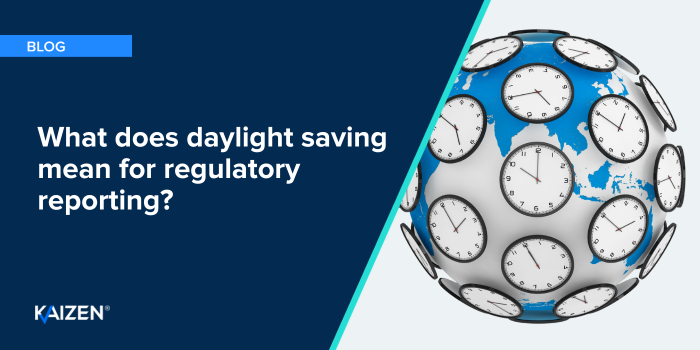ESMA updates MiFIR Transaction Reporting validation rules

In case you did not catch it, ESMA recently published updated 2022 MiFIR validation rules. The changes are applicable from 31 May 2022.
It is unlikely that any of these changes will impact Kaizen clients as these validations are already covered in our tests. Firms should expect the additional validations to be implemented by their Approved Reporting Mechanisms and Competent Authorities going forward.
Although the additional validations and clarifications make sense, this was a missed opportunity as a lot more could have been done and additional strengthening and tightening of the validation rules would have been helpful to firms.
Here are the changes:
- New validations have been introduced to check that the Buyer and Seller date of birth (fields 11 and 15), Buy and Sell decision maker date of birth (fields 20 and 24) should not be later than trading date.
- Since sending an order to a trading venue does not constitute transmission, a new validation has been introduced to check that if the transmission of order indicator (field 25) is ‘true’, then the venue (field 36) must either be XOFF or XXXX.
- As the country of branch membership (field 37) should only be populated for the market side of a transaction executed on a trading venue or on an organised trading platform outside of the Union, a validation has been introduced to check that this country of branch membership (field 37) is blank where the venue (field 36) is populated with ‘XXXX’ or ‘XOFF’ or a MIC pertaining to a Systematic Internaliser.
- In addition, rule ID 117 relates to field 37 (Country of the branch membership) and previously included clarification that this field should not be populated for transactions executed on Systematic Internalisers (SIs). This clarification has now been removed given that this field is not applicable to SI executions.
- Rule IDs 027, 043, 056 and 072 were updated to include clarification that the ‘EntityStatus’ shall be Active on the trading date in relation to Buyer & Seller ID codes and Buyer & Seller Decision Maker codes.
- Rule ID 220 was updated in relation to Error Code CON-412 to clarify that the MIC also needs to be valid in the reference data on transaction date.
- Rule ID 228 relates to field 57 (Investment decision within firm) and was updated to include clarification for cases when Buyer Decision Maker (Field 12) and Seller Decision Maker (Field 21) are left blank.
- Rule ID 270 relates to field 36 (Venue): Clarification was provided that if ‘XXXX’ is populated in field 36, the full instrument description must be provided and the ISIN reported must not be present in reference data for the relevant trade date.
-
All other changes related to the addition of a number of CFI codes to a variety of validation rules and data fields, namely rule IDs:
- 111 and 262 which relate to field 35 (Net amount);
- 140 and 250 which relate to field 45 (Notional currency 2);
- 154 and 264 which relate to field 48 (Underlying index name); and
- 166 which relates to field 53 (Option exercise style).
- For a conversation with Simon about the updated rules or to find out more about the quality of your MiFIR transaction reporting, please contact us.


